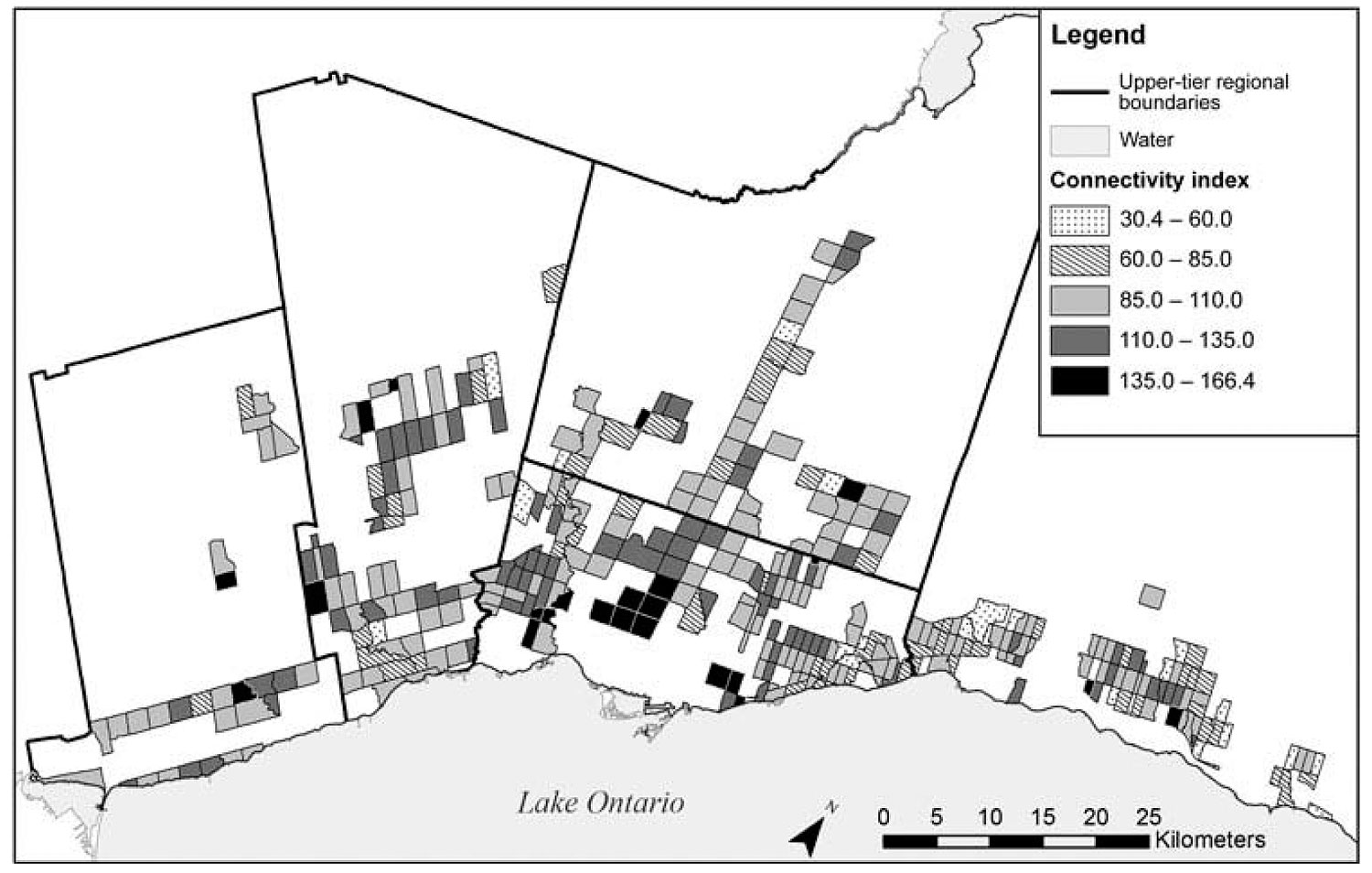Compact, concurrent, and contiguous: smart growth and 50 years of residential planning in the Toronto region

abstract:
In this article, we use parcel-based land-use data to analyze 50 years of residential development in the Toronto region. We test two hypotheses: (1) Toronto’s form does not conform to conventional definitions of suburban sprawl and (2) Toronto’s suburban development shows high levels of continuity over time with relatively high densities and mixed housing types. Contrary to recent research suggesting a convergence of urban forms among North American metropolitan regions, Ontario’s robust planning system has created a distinctive, highly consistent pattern of residential development that has, for half a century, achieved many of the core goals of smart growth including relatively compact, contiguous, and concurrent development. This form continues to be automobile dependent, however, and is not producing many of the benefits ascribed to smart growth. Rather than continuing to adopt United States-inspired smart growth policies, a more ambitious set of initiatives will be required to address current regional challenges.
Paul Mitchell Hess & André Sorensen (2015) Compact, concurrent, and contiguous: smart growth and 50 years of residential planning in the Toronto region, Urban Geography, 36:1, 127-151, DOI: 10.1080/02723638.2014.947859